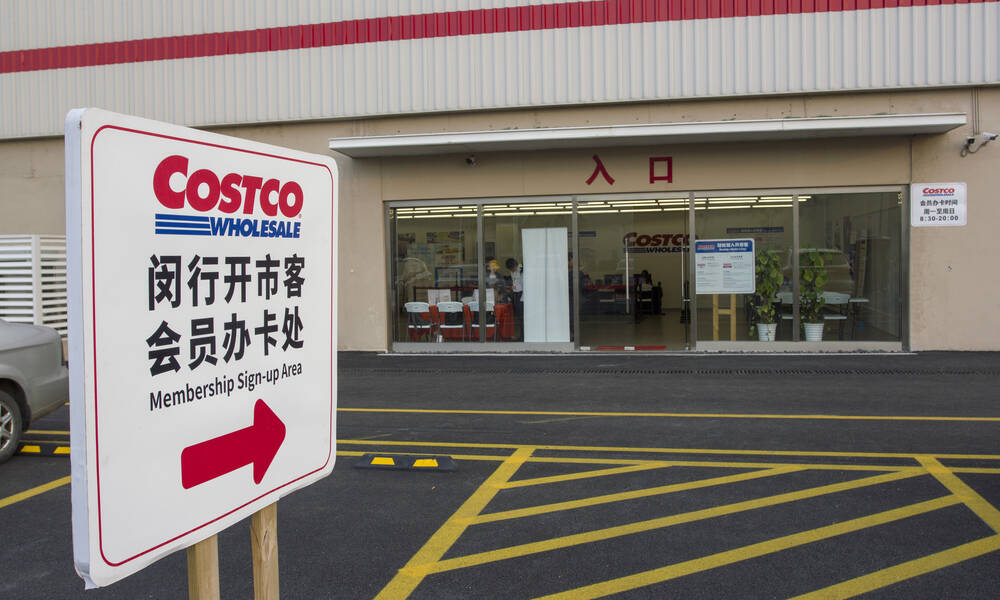
Lessons on Globalization From Costco’s Success in China
The membership-based wholesale retailer had a hugely successful launch in China. The secret may be a mixture of brand buzz, market timing, and old standbys like discounts—all tactics that associations can deploy in new markets as well.
Costco came to China optimistic about its prospects to succeed in the market. But its results on day one last month may have exceeded even its sunniest predictions: On the first day, Costco signed up 139,000 people for memberships at its Shanghai store, which had to close early because of overcrowding, according to Yahoo Finance.
Associations looking to expand their global footprint can learn from Costco’s success. Here are a few insights from the opening.
Let Buzz Drive Interest
Costco had a key asset going into China: The company has a cultlike following around the world. In comments to CNBC, retail consultant Greg Portell noted the parallels with the buzz-driven growth of the furniture retailer IKEA in the U.S.
“When those stores open in the U.S., they tend to get very strong reactions, because it’s an interesting concept, it’s a mature market, and it’s a market that’s open to those new business concepts,” Portell told the network.
This ability to capitalize on buzz has largely evaded other Western retailers that tried to enter the Chinese market and got burned, such as Amazon and Tesco.
mix novelty with familiarity
Costco’s early success comes at a time when the Chinese retail space is generally considered saturated with Western brands, some of which have been forced out of the market. Some analysts say Costco is benefiting from Chinese consumers’ familiarity with membership-based retail—Walmart’s Sam’s Club stores have been in China for 20 years—though the model is still not widespread.
“Chinese consumers are ready to pay for a membership card that grants them an exclusive privilege to buy at a warehouse store, it’s not a new concept in the country,” said Richard Zhang, Costco’s senior vice president for Asia, in comments to AFP. “A mature market saves us the effort of educating customers.”
Associations can look for similar opportunities, where they can offer something fresh in an international market that has already shown interest in a product or service.
Offer Discounts Out of the Gate
One tactic Costco used to get people to sign up for all those memberships in Shanghai: Discount, and heavily. According to Quartz, a membership to the new Chinese location was priced at 299 yuan, or $41, roughly a third cheaper than in the U.S. (Of course, the company’s famed discounts on bulk items were still easy to find.)
When entering a market for the first time, the goal is building momentum—and fast. Sweetening the deal with a lower price is a nice shortcut to get going.
Think Beyond Day One
While Costco has some of the best first-day buzz around, observers note that the retailer will probably have to experiment a bit to maintain that momentum.
“Local retailers are famously nimble, having combined both online and physical shops to lock in customers. Costco will face an uphill battle that’s only for the very brave,” the South China Morning Post, an English-language newspaper in Hong Kong, said in an op-ed.
Retail can provide a good framework for associations to think about costs and competition. Associations have a different large-scale mission, but for business questions about products, services, and opportunities in new markets, the tactics are often translatable.
(hapabapa/iStock Editorial/Getty Images Plus)






Comments